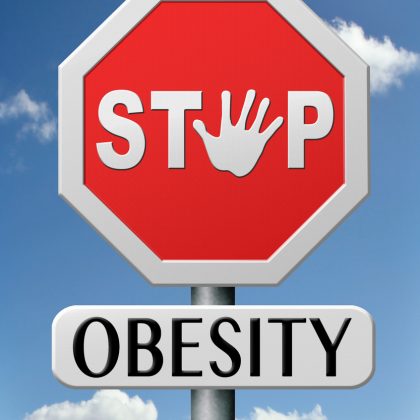Reducing children’s exposure to unhealthy food marketing: What policies are most effective?
Pictured above: Kids’Cam photo of a typical convenience store saturated with junk food marketing
The Paper of the Month for September is ‘Comparison of ten policy options to equitably reduce children’s exposure to unhealthy food marketing‘. The blog is written by authors Ryan Gage, Wei Liu et al and the paper is published in Public Health Nutrition. This paper is fully open access and freely available to read.
Childhood obesity is a growing concern and is driven in part by widespread exposure to unhealthy food marketing. Various policies could help to reduce this exposure, targeting specific products, settings and marketing mediums, such as TV and outdoor signs. These policies may impact children differently, depending on their social and environmental backgrounds. What’s more, these policies are related to different levels of decision making, from national governments to school boards. These issues raise the question: are certain policies more effective than others and, if so, should some policies be prioritised to maximise impact?
To answer this question, this study aimed to evaluate how much exposure to marketing could be eliminated under different policy scenarios. Additionally, it sought to explore whether these reductions varied based on socio-economic status – a key driver of inequities in childhood obesity.
In the Kids’Cam study, researchers tracked 168 children aged 11-14 years from the Wellington region of New Zealand who consented to wear wearable cameras and GPS units for four consecutive days. The study recorded food marketing encountered in settings such as schools and public spaces, as well as the types of products promoted.
Ten policy scenarios were tested, including bans on product packaging, merchandise marketing, sugary drink marketing, and marketing near schools, bus stops, and major roads. The largest reduction came from plain packaging, which could reduce children’s exposure by 60.3%. Other significant reductions were seen with bans on sugary drink marketing (28.8%) and marketing in public spaces (22.2%). No differences were observed in exposure reductions across socio-economic groups, suggesting that these policies would have a broad, equitable impact.
In conclusion, while plain packaging seems to be the most impactful single policy, the study suggests that a more comprehensive approach is needed. Children encounter unhealthy food marketing in a wide range of settings and through various media. To significantly reduce their exposure and improve health outcomes, a combination of policies that target multiple environments is essential.

Each month a paper is selected by one of the Editors of the six Nutrition Society Publications (British Journal of Nutrition, Public Health Nutrition, Nutrition Research Reviews, Proceedings of the Nutrition Society, Journal of Nutritional Science and Gut Microbiome). Take a look at the entire Nutrition Society Paper of the Month Collection.







This article offers valuable insights into the impact of unhealthy food marketing on children. It’s crucial that we implement effective policies to protect our youth and promote healthier choices. By prioritizing children’s well-being, we can foster a healthier future for the next generation. Read more about recipe, health and meat on https://frozenmeatsolutions.com/
Freedom of speech vs greed. If people do not know of alternative food choices they have no basis for even hoping to improve health and longevity.
Japan has evolved to become unhealthy because marketing bad food has succeeded financially. A child is easily swayed by marketing. The government has wisely decided to teach children about food values and food preparation early in their training.
Failing that, the measurements of weight and obesity (fat) are enforced with penalties to influence the population back to what used to be probably the healthiest diet in the world.
God loves people, call them Godlets, because they have the power to decide, right or wrong, and the power to create and extend the wonder. Thank God for that.
Do not disrespectfully mess around with God’s masterpiece